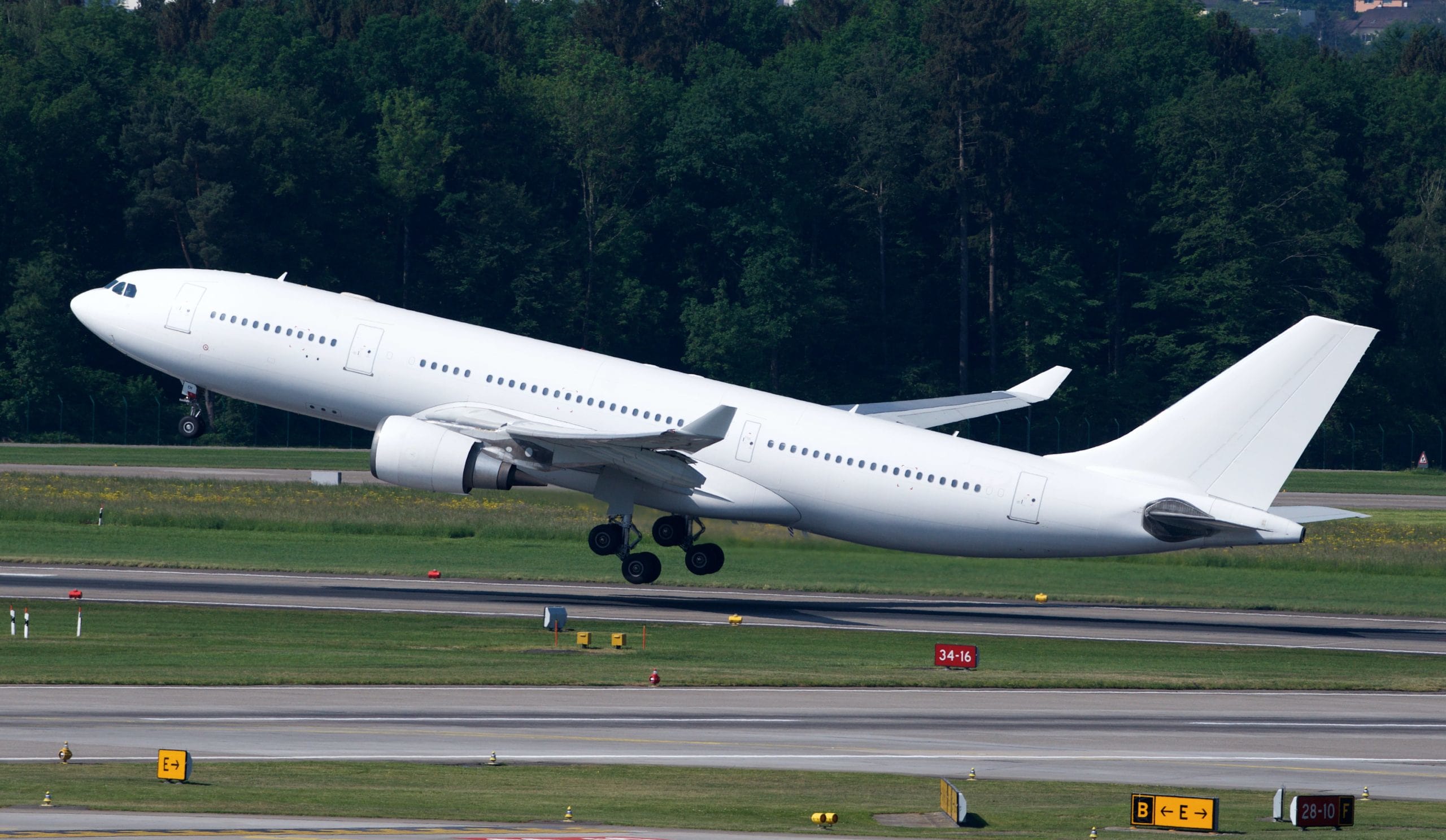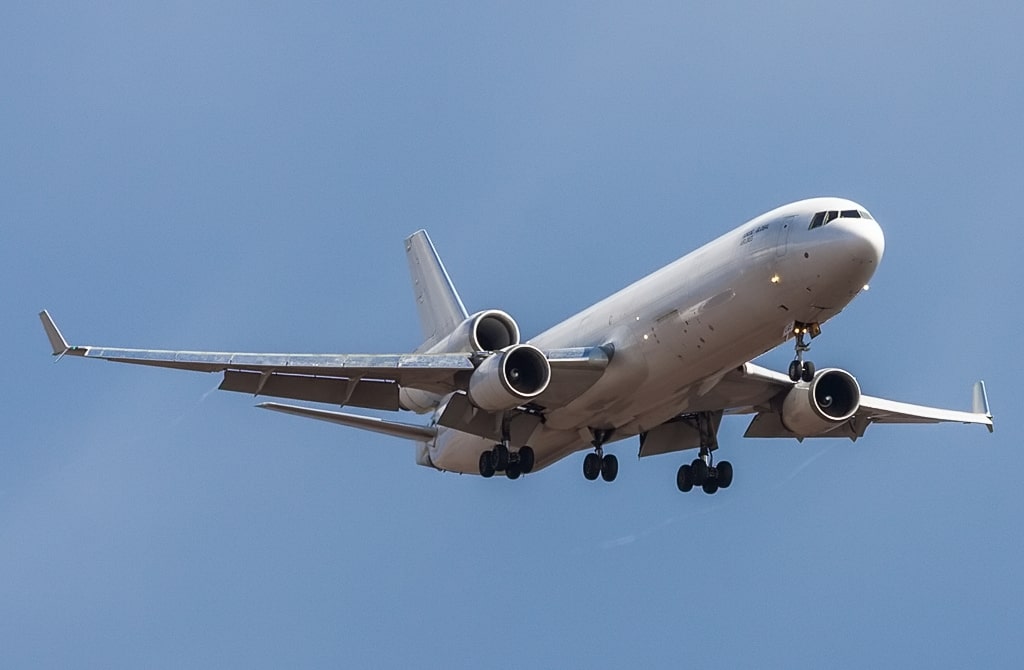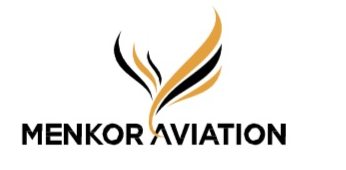
Why are Airplanes White in Color?
We’ve been used to seeing planes painted white for so long that we basically forget they aren’t initialy. We only have to look at the sky to see it, almost the majority of airplanes are white and we never wondered why. We will explain everything to you.
Planes weren’t Always Painted White
In the early days of commercial aviation, it was quite rare to see an airplane painted white. Manufacturers and airlines opted for bare metal or chrome, with little or no paint at all.
The aeronautics industry has gradually turned away from metal and chrome because it quickly made stains of dirt or dust appear. Airlines had to constantly polish and clean their planes so as not to leave a bad impression to their passengers. They therefore turned to white paint. But why white?
Why are Aircraft Predominantly Painted White?
1. White is the Color that Best Reflects Sunlight
If all planes are painted white, it is firstly because this color is the color that best reflects sunlight. Airplanes are very exposed to sunlight both when they are in flight and when they are parked on the ground. White paint is the best way to minimize cabin heating and prevent potential damage from solar radiation.
You can compare the effect of white on the warming up of the cabin to wearing a white t-shirt in summer, it is always warmer when wearing a dark colored t-shirt. You can also compare the effect of white on a plane’s fuselage to applying sunscreen to your skin on a sunny day. White, because it best reflects solar radiation, helps minimize potential damage.
2. White Fades Less than Other Colors
Airplanes are exposed to a variety of intense atmospheric and weather conditions. Ice, wind, rain and regular temperature changes deteriorate their paint.
Colored paints fade faster than white, causing them to lose all aesthetic appeal in the eyes of passengers. Companies then have to repaint their planes at a colossal cost. Painting typically takes one to two weeks, during which time the plane is grounded and does not generate revenue. The cost of the procedure is between $150,000 and $300,000 for an airliner.
Moreover, a new paintwork is an additional weight for the aircraft. It can add up to an additional 550 kg to the plane. Weight increases fuel consumption and reduces the profit margin for airlines.
White is the color that fades the least and that saves companies significant savings. Although the color always fades after spending a considerable amount of time in the air, studies have shown that white is the color that fades the least quickly.

3. White Color Reduces Birdstrike Hazard
Although it may not be obvious at first glance, the white color of an airplane has been shown to reduce the risk of bird strikes. The impact of birds in flight is a significant and common threat to the safety of aircraft. In 2019, no less than 17,228 collisions between an airplane and a bird were recorded in the United States.
The white livery allows birds to better identify the threat and steer away from it. Darker color combinations reduce the contrast between the aircraft and the visual background, reducing the ability of birds to detect the aircraft and increasing birdstrike risk.
4. White Makes it Easier to Spot Damage
Airplanes are made of complex engineering, they are regularly checked for obvious safety reasons. The aim is to detect structural defects such as damage or wear. This is even done before each flight by a visual tour of the ramp engineer and the pilot himself.
White color makes it very easy to detect bumps, cracks, bird strikes and even oil spills on the aircraft. These damages are always darker than white, which makes it very easy to identify them. Thus, white facilitates safety routines and therefore protects pilots and passengers.

5. White is the Most Economical Color
Aircraft paints are a special blend of polyurethane paints and various catalysts and activators. They are much more expensive than paints found in supermarkets for interior decoration.
They are even more expensive because the surface area to be painted on an airplane is very large. A minimum of 240 liters of paint are required to paint a Boeing 737, and that goes up to 3,600 liters for an Airbus A380.
Because it is the most common color, white paint is also the cheapest on the market. It is therefore the preferred color for many airlines for their planes. But that’s not all, white is also the thinner paint and therefore the least heavy. And a light aircraft is an aircraft that consumes less fuel.
Hire an Airplane with Menkor Aviation
Menkor Aviation specializes in aircraft chartering. Whether it’s for a white, colorful or even a custom livery, our team can meet your request. We give you access to an international aircraft network of more than 7,000 planes available for rental.
Our team is available 24/7 to meet your needs. Contact us any time.
